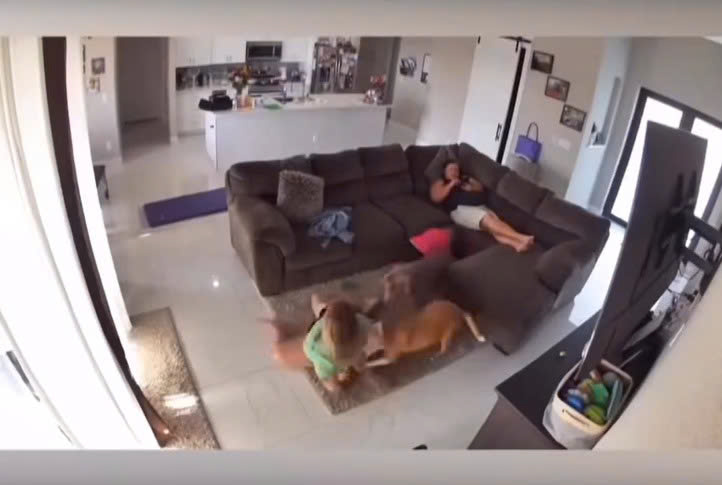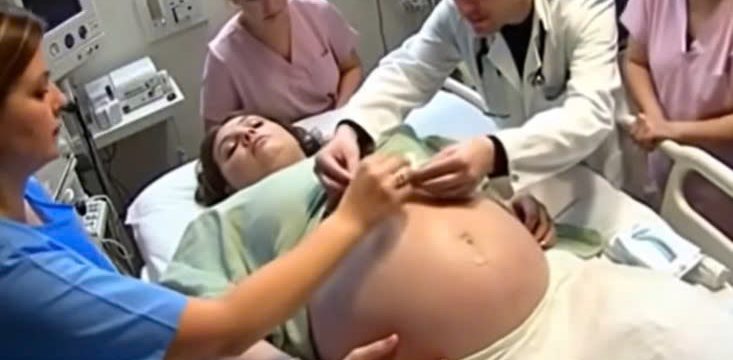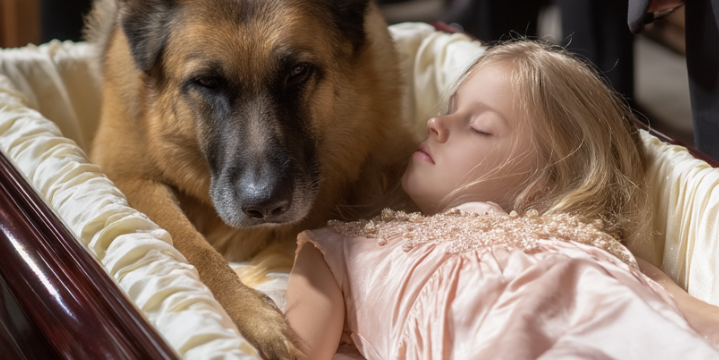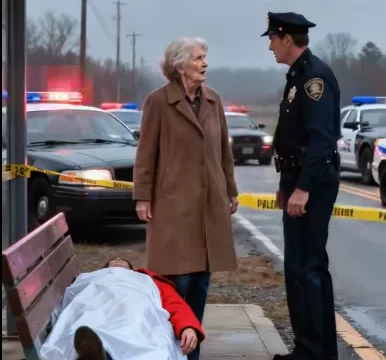At first, the video seemed perfectly ordinary—a calm afternoon in someone’s living room, a family relaxing while their loyal dog lounged nearby. But within seconds, everything changed. The peaceful moment shattered when the dog suddenly snapped, startling everyone who watched. The clip, now circulating widely online, has left viewers asking the same question: what caused such a shocking reaction? Was it a moment of sudden aggression, or something far more complex hidden beneath the surface?

Experts in animal behavior were quick to weigh in, cautioning that even the gentlest and most well-trained dogs can react unpredictably when triggered. These moments, they explained, aren’t always about “bad behavior” or disobedience—they’re about communication. Dogs, like humans, respond to their environment, their emotions, and their physical state. What might appear to be aggression is often a form of expression, a sign that something deeper is going on. Understanding this difference can mean the world for both pets and their owners.
One of the most common explanations for sudden reactions like the one seen in the video is resource guarding. This is an instinctive behavior where a dog tries to protect something it values—whether that’s food, a favorite toy, a comfortable resting spot, or even a person. It’s not malicious; it’s instinctive. In the wild, guarding ensures survival. In a household, however, it can lead to confusion or fear when humans misinterpret the behavior as defiance or meanness. “Many dogs see their favorite spot on the couch or their chew toy as something worth defending,” explained one behaviorist in a recent analysis. “When someone approaches or reaches for it, the dog may react without realizing how startling it looks to us.”
Pain or discomfort can also play a major role. Dogs, unable to speak, often communicate their distress through body language or behavior. A dog suffering from an ear infection, sore muscles, or joint pain may growl, snap, or pull away when touched—especially if the touch is near the painful area. To an untrained eye, this might look like unprovoked aggression. But to those who understand canine behavior, it’s a clear message: “Something hurts.” Regular vet checkups, careful observation, and awareness of subtle changes in mood or energy can help prevent misunderstandings that lead to dangerous situations.
@thinkingcanine There are many reasons why this might have happened, but the simplest explanation is that the dog was resource guarding the space and the couch. I’ll go over this video slo-motion in a later video but what do you think? Anything else you are seeing? #reactivedog #dogbehavior #anxiousdog #dogtrainingtips #dogbehaviorist ♬ original sound – thinkingcanine
Stress and anxiety are other major contributors. Just like people, dogs experience emotional overload. Loud noises, chaotic environments, frequent visitors, or even tension between family members can build up over time, lowering a dog’s tolerance for disruptions. When that tension reaches a breaking point, the dog might react suddenly—not out of anger, but because they’re overwhelmed. “Imagine being constantly on edge and then startled,” one expert explained. “That’s often what dogs feel before they react.”
Another key factor is unclear boundaries. Dogs thrive on structure and consistency. When they don’t understand what’s allowed or what their role is within the household, it can create confusion and insecurity. This uncertainty sometimes manifests as defensiveness. For example, a dog that’s always allowed on the couch might feel it “owns” that space. If someone suddenly tells it to get down or tries to move it, the dog could respond protectively. Establishing clear, consistent rules helps prevent these misunderstandings.
The video that sparked this latest conversation was shared on social media by a popular dog behavior page, @thinkingcanine, which regularly analyzes real-life interactions between dogs and humans to promote better understanding. In the post, the creator noted that the most likely explanation for the incident was resource guarding involving the couch. “There are many reasons why this might have happened,” the caption read, “but the simplest explanation is that the dog was guarding the space. I’ll go over this video in slow motion in a later post—but what do you think? Anything else you are seeing?” The post quickly gained traction, with thousands of viewers debating possible causes and sharing similar experiences with their own pets.
Missed warning signs often play a huge role in these situations. Many people don’t recognize the subtle cues dogs give before reacting. A stiffened posture, a fixed stare, pinned ears, or a low growl are all early warnings that a dog is uncomfortable or feels threatened. Unfortunately, because these signals can be quiet or brief, they often go unnoticed—especially by children or guests who may not understand canine communication. By the time a snap or growl occurs, the dog has already escalated from discomfort to self-defense.
Every behavior, no matter how sudden or startling, has a cause. The key is learning to interpret those causes correctly. When owners take the time to understand their dog’s body language, stress signals, and triggers, they create a safer environment for everyone. It’s not about punishment—it’s about prevention and empathy. Instead of labeling dogs as “aggressive,” experts encourage people to view such reactions as opportunities to build trust and improve communication.
Training and positive reinforcement play an important role here. Professional dog trainers emphasize that punishment after the fact often increases anxiety and fear, making future incidents more likely. The goal, instead, should be to identify what caused the reaction and work gradually to desensitize the dog to those triggers. For example, if a dog guards its toys, trainers might teach it to trade them for treats, reinforcing the idea that giving something up leads to something good. Over time, these techniques reshape behavior through patience, not intimidation.
The viral video has become a valuable teaching moment for countless pet owners. It reminds people that dogs, for all their loyalty and affection, are still animals with instincts and emotions that deserve respect. Understanding this doesn’t just prevent bites or scares—it strengthens the bond between dogs and their families. “Behavior is communication,” one animal specialist summarized. “The more we listen, the fewer misunderstandings we’ll have.”
In conclusion, what looked like a random act of aggression on camera was likely anything but random. Whether it was resource guarding, physical pain, stress, or confusion, the incident highlights an essential truth: dogs don’t act out of malice—they react out of instinct, emotion, or discomfort. By paying closer attention to their cues, respecting their boundaries, and providing consistency and care, owners can reduce conflict and create harmony in the home. Ultimately, these moments are not warnings of danger but invitations to understand our companions more deeply—to see beyond behavior and recognize the trust, vulnerability, and communication that define the human-animal bond





